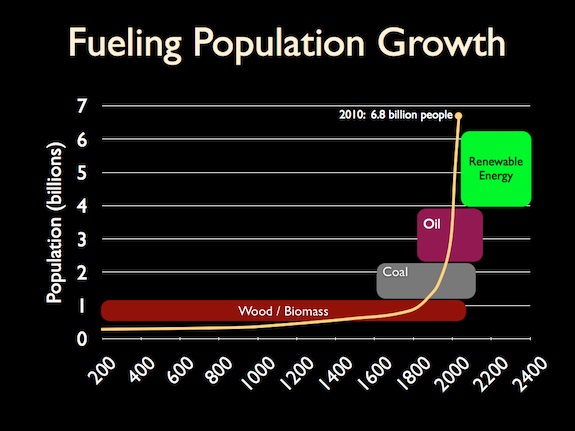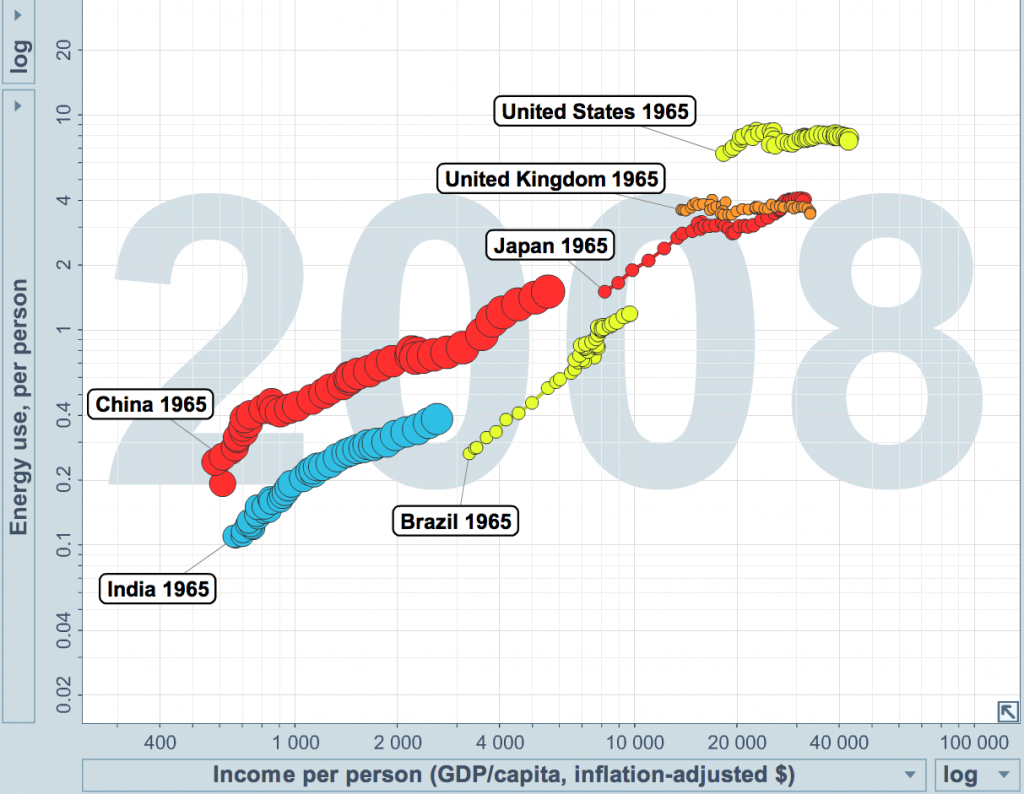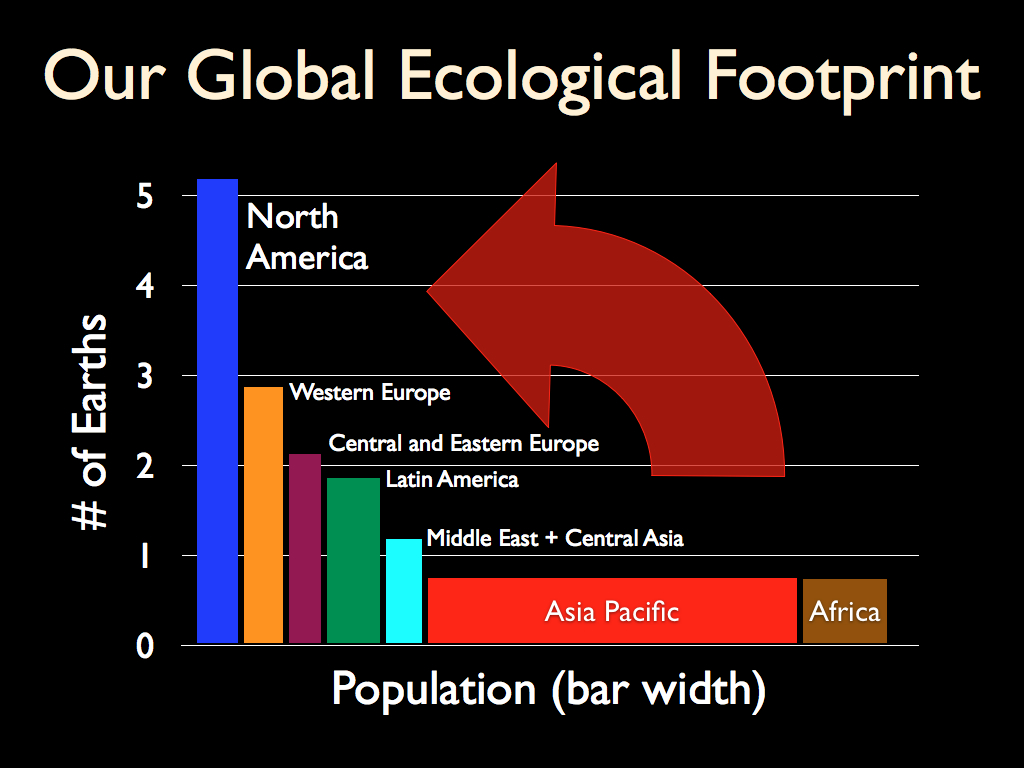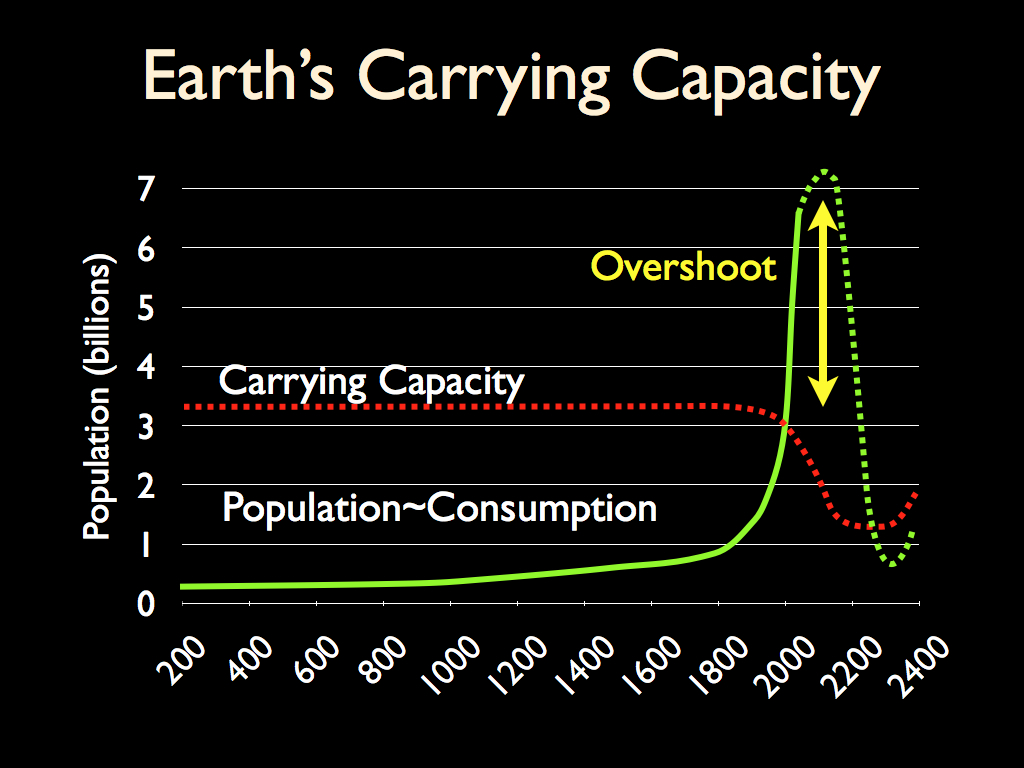Keywords: healthcare, cost, life expectancy, t.r. reid, Japan, US
Washington Post reporter, documentary film correspondent and author T.R. Reid had a brief piece in Newsweek this week about Japan’s healthcare system. The article expands on an earlier interview Reid did on National Public Radio (NPR) – Japanese Pay Less for More Health Care – which you can listen to here.
To put Japan’s healthcare in perspective with the US and other countries, let’s look at healthcare performance data from the Organization for Economic Co-operation and Development (OECD). Using graphing approaches from National Geographic and Andrew Gelman we plot annual healthcare spending, life expectancy, and number of office visits per person, for a broad range of OECD countries. (NB: The area of the circle for each country is proportional to the number of doctor visits per person, e.g. Japan is 13.4 visits per year, US is 4 visits per year)

As can be seen, the US spends the most for healthcare, has middle of the road life expectancy, and few office visits. Japan has the highest life expectancy, three times as many office visits, at a third of the cost, compared to the US.
Commentary on the OECD data from National Geographic article The Cost of Care:
The United States spends more on medical care per person than any country, yet life expectancy is shorter than in most other developed nations and many developing ones. Lack of health insurance is a factor in life span and contributes to an estimated 45,000 deaths a year. Why the high cost? The U.S. has a fee-for-service system—paying medical providers piecemeal for appointments, surgery, and the like. That can lead to unneeded treatment that doesn’t reliably improve a patient’s health. Says Gerard Anderson, a professor at Johns Hopkins Bloomberg School of Public Health who studies health insurance worldwide, “More care does not necessarily mean better care.”
Highlights of T.R. Reids article – Japan shows how it’s done: keep quality up, costs down, and M.D.s on board
To gauge a health-care system’s success, it’s standard to consider three points: quality, coverage, and cost. On all three measures, Japan stands at or near the top in every comparative ranking.
Quality: The Japanese have the world’s longest life expectancy and the best recovery rates from just about every major disease. Infant mortality is less than half the U.S. rate. Japan usually leads the world in rankings of “avoidable mortality”—its effectiveness in curing diseases that can be cured.
Coverage: Japan’s health-insurance system covers everybody, including illegal aliens. It pays for physical, mental, dental, and long-term care. The Japanese are the world’s most prodigious consumers of medical care; on average they see the doctor about 15 times per year, three times the U.S. norm. They get twice as many prescriptions per capita and three times as many MRI scans. The average hospital stay is 20 nights—four times the U.S. average.
Cost: And yet Japan produces all that high-quality care at bargain-basement prices. The aging nation spends about $3,500 per person on health care each year; America burns through $7,400 per person and still leaves millions without coverage.
Japan has universal coverage, but it’s not “socialized medicine.” It’s largely a private-sector system. There is government insurance for the unemployed and the elderly, but most people rely on private plans. Japanese doctors are the most capitalist and competitive in the world. But we’re talking Japanese-style free enterprise here; there’s significant government regulation of the private players. Health insurers are required by law to cover everybody, and to pay every claim; the corollary is that everybody is required to buy health insurance. The price for a given treatment is identical everywhere in Japan. Officials say this is designed to attract doctors to rural communities, but that’s not working very well; many small towns on the outer islands have no doctor at all these days.
That fee schedule is the key to cost control in a country where people love going to the doctor. Basically, it shafts doctors and hospitals, paying some of the lowest fees on earth. As a result, doctors work long hours. They are comfortably middle-class, but not in the country-club set. But the savings can be huge in the high-tech realm that drives U.S. bills so high. An MRI scan of the neck region—routinely $1,400 or so in America—is $130 in Japan. Cost cutting like that has stimulated innovation and efficiency. Low fees are taking a toll, though. In a sense, Japanese medicine is the mirror opposite of America’s. We spend too much on health care, but still cover too few of our citizens; Japan provides lots of care to everybody, but probably spends too little to make its best-in-the-world system sustainable.
Reid’s bestselling book The Healing of America: A Global Quest for Better, Cheaper, and Fairer Health Care is available in paperback.



